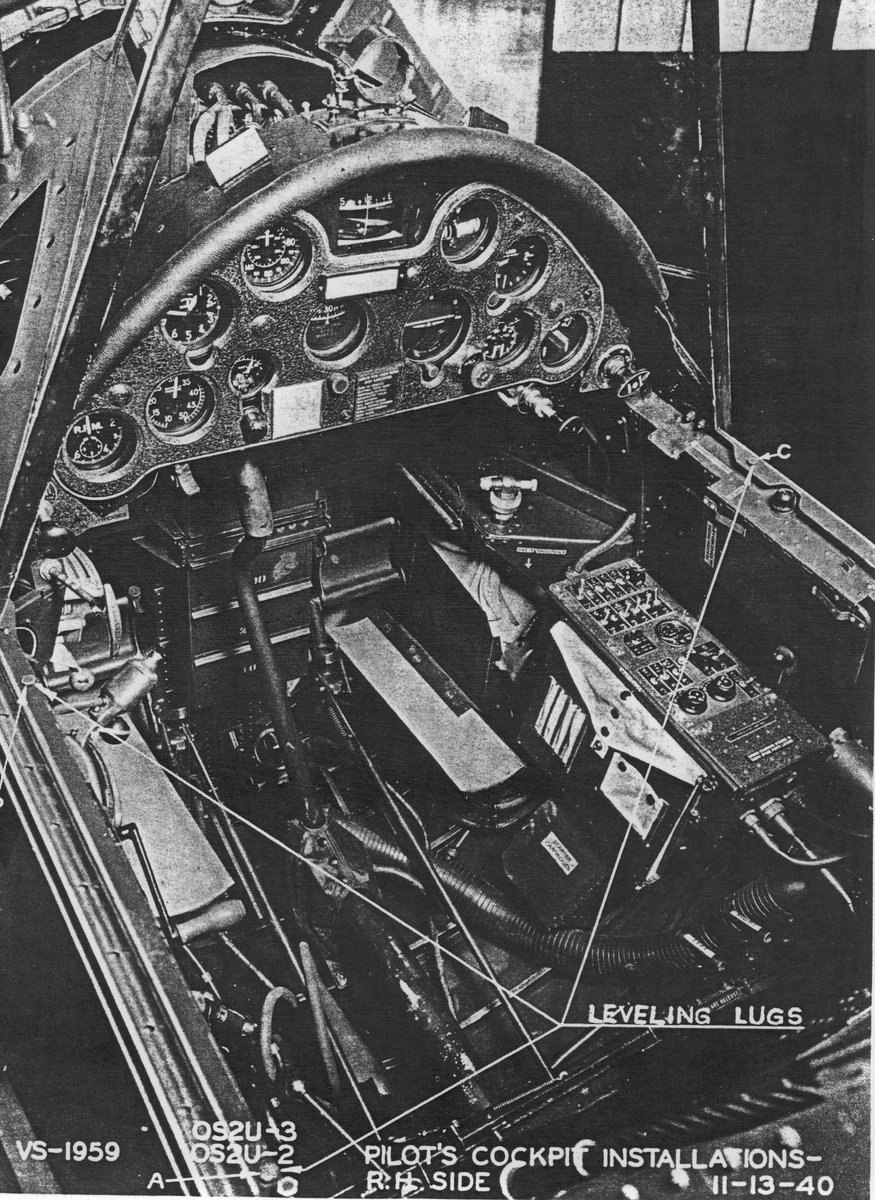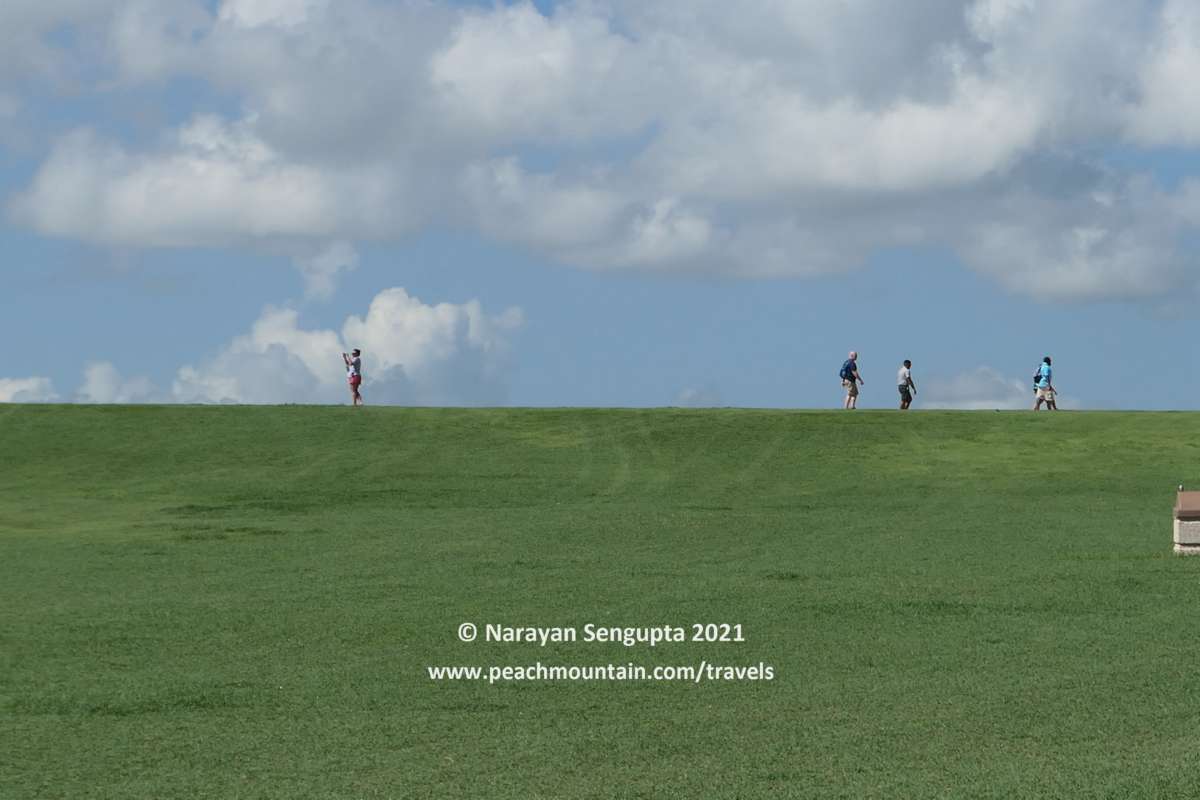
#avgeek #aviation #RoyalNavy #aviationlovers – The remarkable Westland Wyvern naval strike airplane featured contra-rotating propellers and a mighty, behind-the-cockpit 3,200-hp Rolls Royce Eagle engine. This configuration allowed a cut down nose... 1/ 







2/ optimized for aircraft carrier naval aviation. 127 built, 1946–1951. Six W.34 prototypes↖️. 7 x TF.1 pre-production planes↗️ built in 1946. 9 x TF.2 ↙️↘️built in 1949. These used either a Rolls-Royce Clyde or 3,560 hp Armstrong Siddeley Python turbo-prop. 







3/ There was a single Westland Wyvern TF.3 two-seat trainer converted in 1950 from one of the previous aircraft. By the way, Wyvern was a legendary dragon. The definitive model was the TF.4, which was later renamed S.4. So what are TF and S (torpedo fighter? Strike?)? 

3/ 98 x TF.4 ↖️↗️↙️built 1948-1951. Total all versions: 120; Fleet Air Arm service: 1954 to 1958. 68 accidents; 39 lost from flameout on catapult launch, combat, etc.; 13 fatalities. 4 × 20mm; 16 × RP-3 underwing rockets; 1 torpedo! Compare to smaller engined TF.1↘️. 







5/ I wish I'd found the TF.1 profile earlier to better explain the fuselage's evolution. Apologies for naming the above post "3/" a second time. Please note any errors, comments, etc. TY @clark_aviation for teaching me about this plane. Source: en.wikipedia.org/wiki/Westland_… 

@clark_aviation 6/ It's fairly common for me to make a "gee, I wish I had a #TwitterEdit" typo, etc., in my threads, but I didn't even notice this huge one about the engine placement. Thank you @JmeDubya!
https://twitter.com/JmeDubya/status/1603854405807538176
@clark_aviation @JmeDubya 7/ Okay, I think I finally have it. :) The prototypes had the mid-engine and thus smaller nose. So did the TF.1 as in this↖️ great photo from 1000aircraftphotos.com/Contributions/…. The TF.2↗️, TF.3↙️and TF.4↘️ all had the front-engine configuration. Is this correct? 







8/ If you enjoyed this thread, you might enjoy this short P-63 thread (28-photos including cockpit details)... The P-63 featured a mighty, behind-the-cockpit engine like the Westland Wyvern did to start with...
https://twitter.com/USAS_WW1/status/1591540077267914752
9/ So nope, not even my Westland Wyvern post 7/, above, was correct. I'm grateful to Jamie @JmeDubya for more on the matter. :)
https://twitter.com/JmeDubya/status/1604239003959431168
• • •
Missing some Tweet in this thread? You can try to
force a refresh

































































